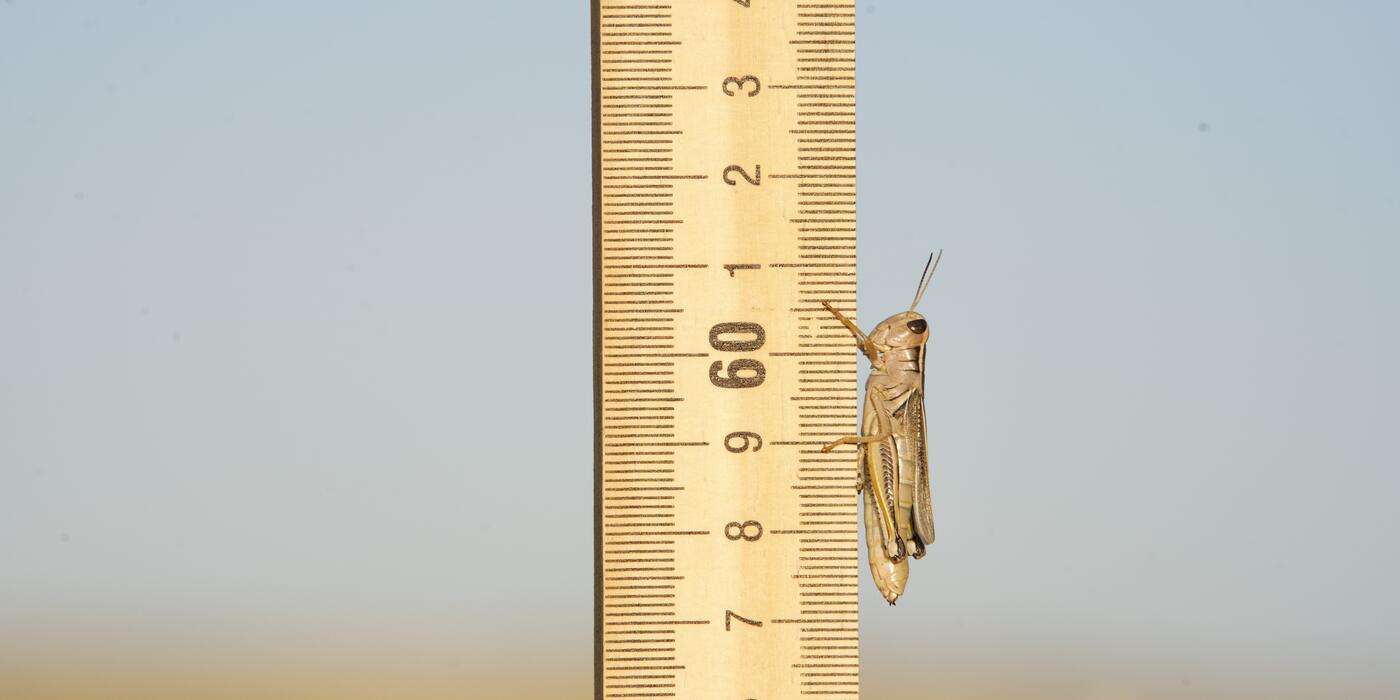2018 Conservation Wins, Part Two
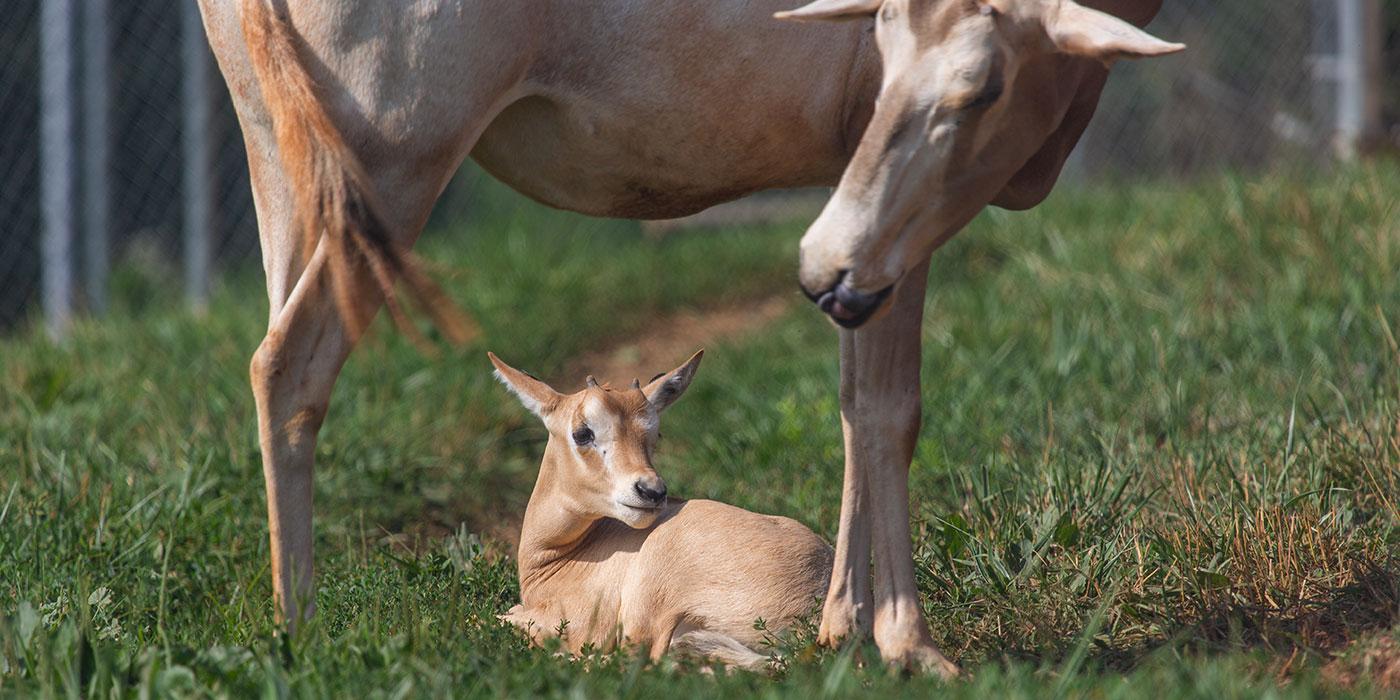
The Smithsonian’s National Zoo and Conservation Biology Institute is dedicated to saving species. Every year, its team of conservationists here and around the globe works hard to make that mission a reality — and 2018 was no exception.
In fact, it was such a busy year that we couldn’t fit it all in one blog! Take a look back at some of the biggest conservation success stories of 2018:
A Bundle of Babies
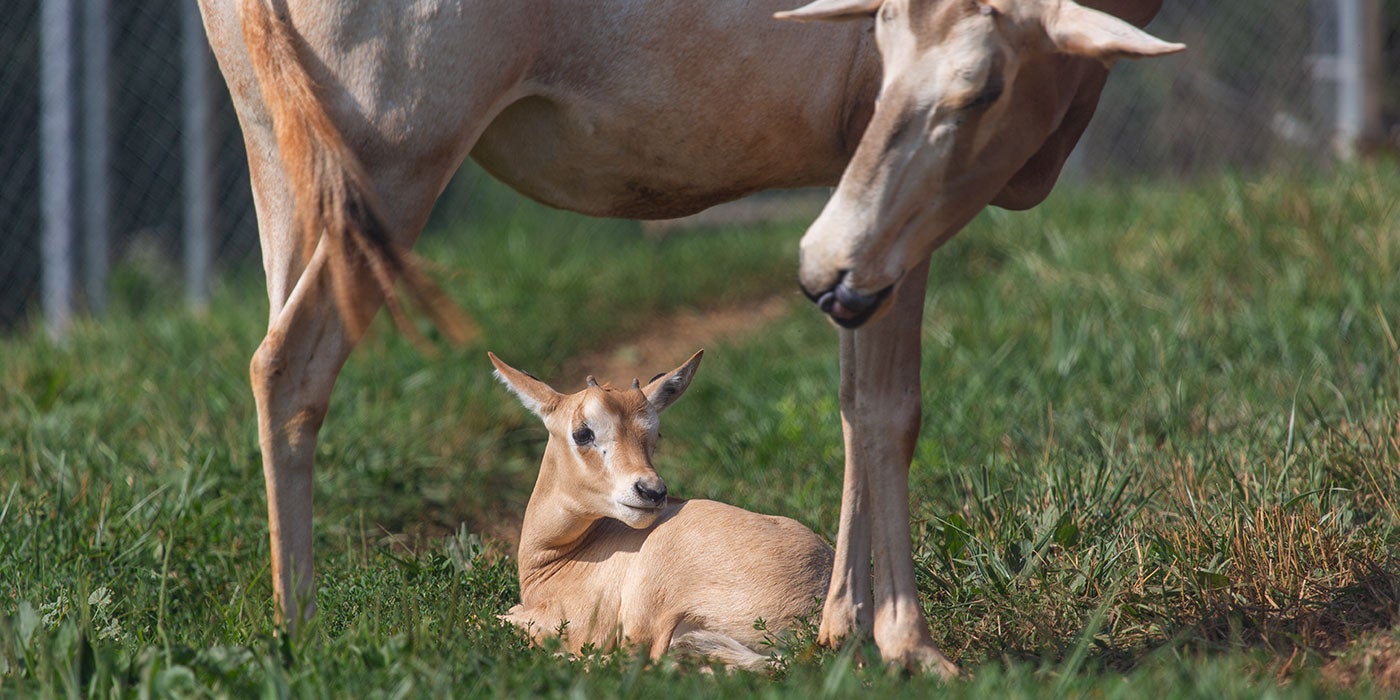
Last year, Smithsonian scientists released two Guam rails on the island of Rota. The release of those chicks, along with 47 others born at different facilities, marked the first time in 32 years that Guam rails living in the wild outnumbered those in human care.
An Eld’s deer, 10 cheetahs, 37 surviving black-footed ferrets and four Przewalski’s horses were also born at SCBI this year. The public helped to name three of the four foals, choosing Gobi Wan Kenobi, Steppenhoof and Takhi Twist.
Przewalski’s horses are considered endangered and were once extinct in the wild. SCBI scientists help to build a self-sustaining and genetically diverse population in human care, and study the movement and behavior of horses reintroduced to Hustai National Park in Mongolia. Right now, you can help upgrade the Zoo’s Przewalski’s horse exhibit to showcase this conservation success story!
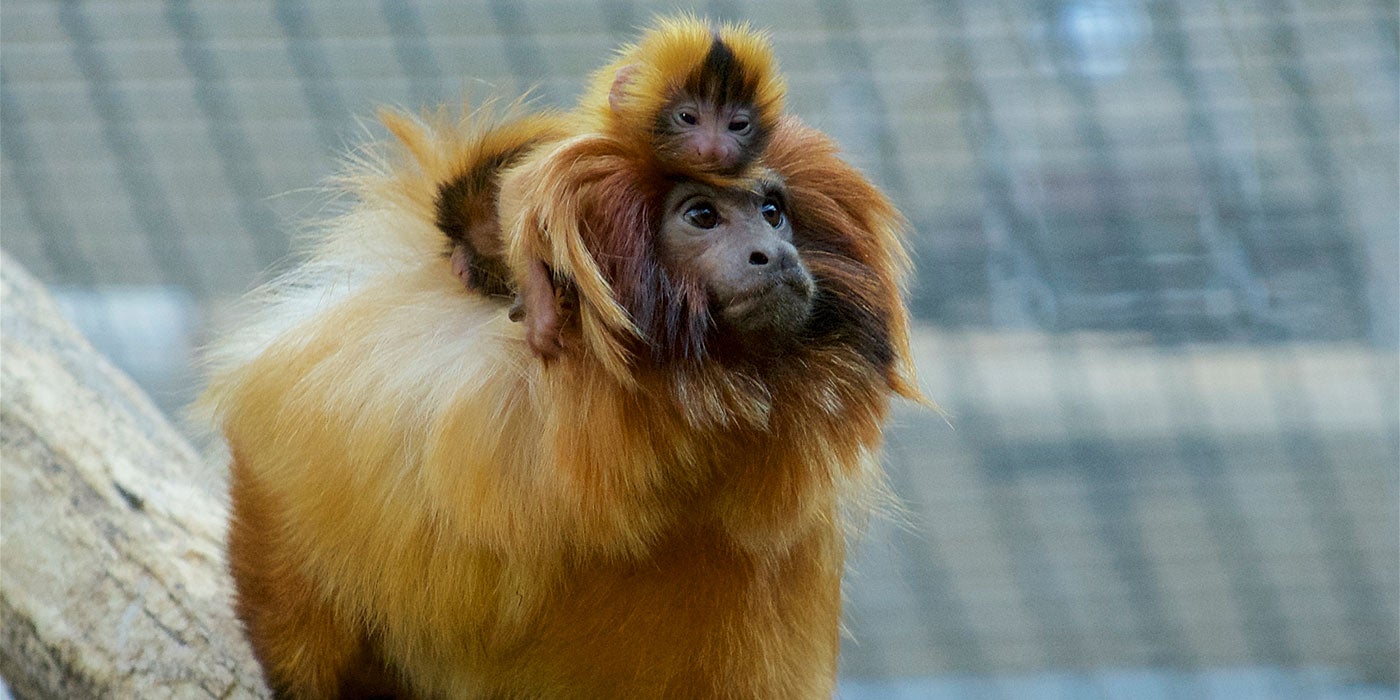
Mapping Marine Animals
About half the planet is covered by the high seas, a largely unprotected area sometimes called the “Wild West” of the ocean. SCBI researchers and partners set out to map the travels of marine animals across this part of the Pacific.
In September, they published a study revealing the countries’ waters in which 14 migratory marine predators travel. The study included tracking data for leatherback turtles, Pacific Bluefin tuna, white sharks, sooty shearwaters, California sea lions and more.
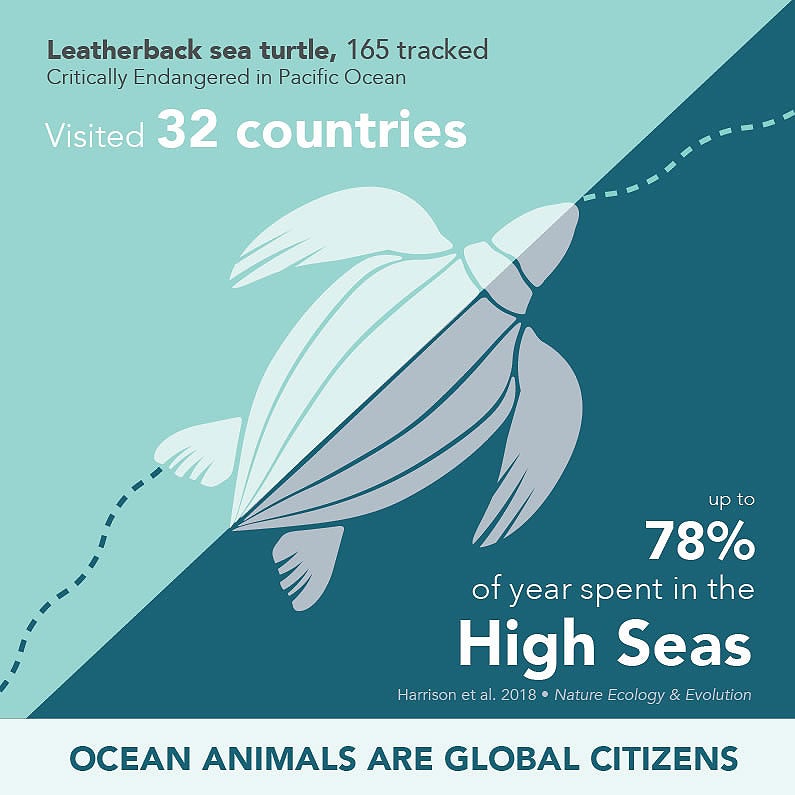
In total, the animals in the study visited 37 countries and some, including the threatened Laysan albatross, spent 75 percent of their year in the high seas!
Protecting Myanmar’s Asian Elephants
While studying the movements of Myanmar’s elephants using satellite GPS collars, Smithsonian scientists and partners discovered an emerging poaching crisis. Their findings suggest that human-elephant conflict, which was thought to be the biggest threat to Myanmar’s wild elephants, may be secondary to poaching.
Watch the rest of this three-part video series.
Scientists with SCBI’s Global Health Program also traveled to Myanmar to study zoonotic diseases, or infectious diseases that are spread between animals and people. See them at work in the second Field in Focus video series as they collect blood from bats, sample saliva from macaques and track flying foxes.
Don’t forget to read part one, which features more of 2018’s conservation success stories!
